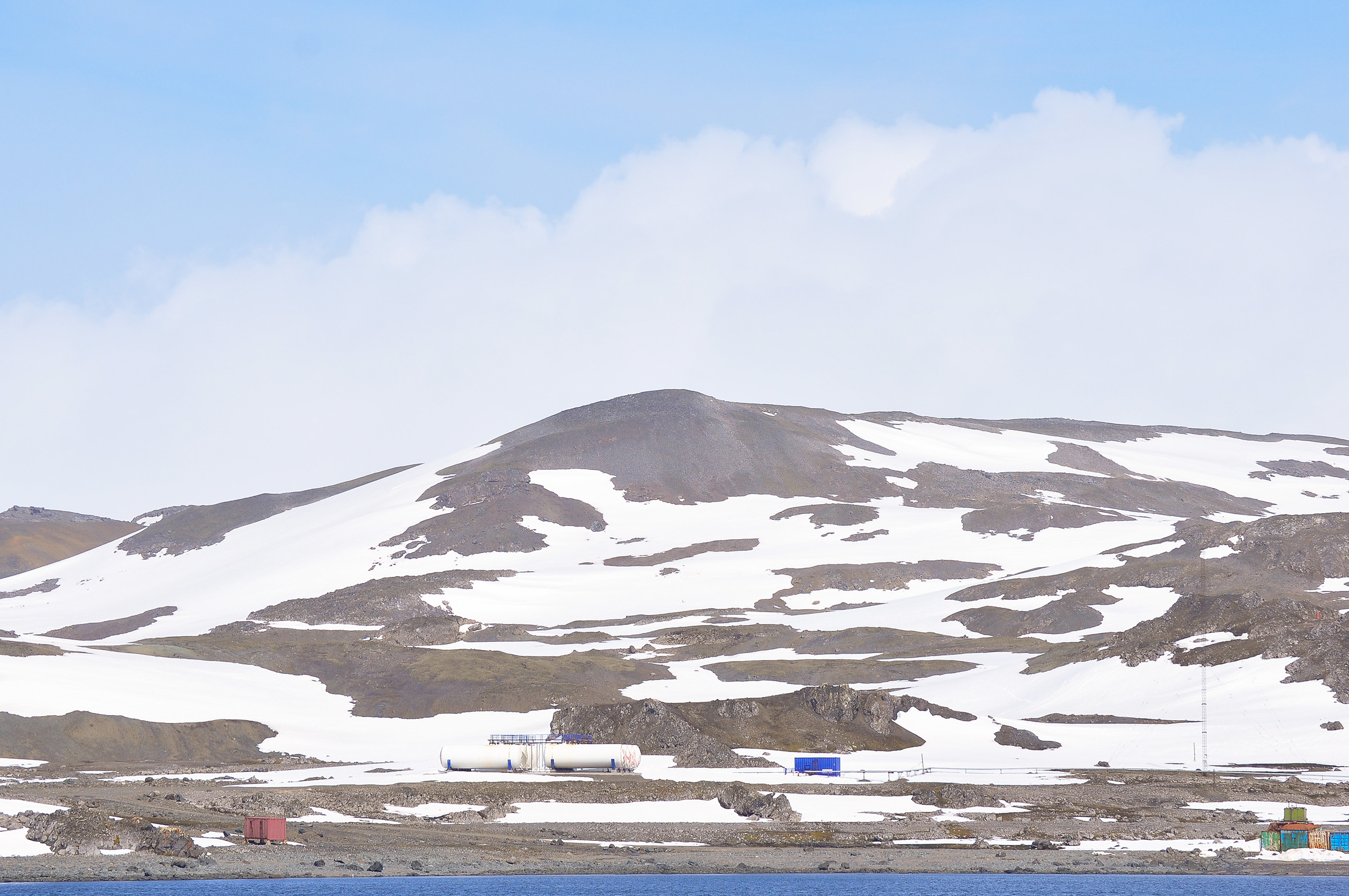Picture Antarctica—not as an endless expanse of snow and ice, but as a lush, green rainforest teeming with towering trees and mysterious plants. It sounds like something from a sci-fi movie, but thanks to a groundbreaking discovery, scientists have proof that this icy continent was once home to a thriving jungle.
Researchers discovered the first pieces of amber found in Antarctica during an internationally-led mission back in 2017. The discovery gives us an extraordinary glimpse into a 90-million-year-old landscape as vibrant as any tropical paradise.
The tiny amber fragments—each only a millimeter in size—hold massive secrets about Antarctica’s past. The amber is believed to have come from the jungle of coniferous trees that once called Antarctica home millions of years ago. A new study published in Antarctic Science highlights how the trees responsible for the amber would have had to survive months of total darkness during the mid-Cretaceous period.

But survive they did, leaving behind markers in the forms of fossilized roots, spores, and even pollen—all of which have been discovered by scientists exploring the region. All of this has long hinted at Antarctica having a forested past. However, the discovery of amber fragments is the first tangible evidence that resin-producing trees actually thrived here at one point.
Finding amber in Antarctica doesn’t just add a chapter to Earth’s ancient story; it also holds clues for our future. The mid-Cretaceous was a greenhouse world, a model for what our warming planet could resemble in the centuries ahead. As scientists analyze the amber fragments from Antarctica’s ancient jungle, they hope to learn how life adapted to extreme conditions.
Those same extreme conditions could one day be a part of our daily lives thousands of years down the line. Learning how these trees and perhaps even the insects that existed then survived long, dark winters and still came back to thrive each year could be pivotal in helping us prepare for the long road ahead, especially as Antarctica’s ice sheets continue to melt each year.
Source link
 meganwoolsey Home
meganwoolsey Home



